'Beauty is the
symbol of symbols'
- Ralph
Waldo Emerson
EVERYTHING you thought you knew
about Alain Delon was a lie.
But, oh yeah, who was he in the
first place?
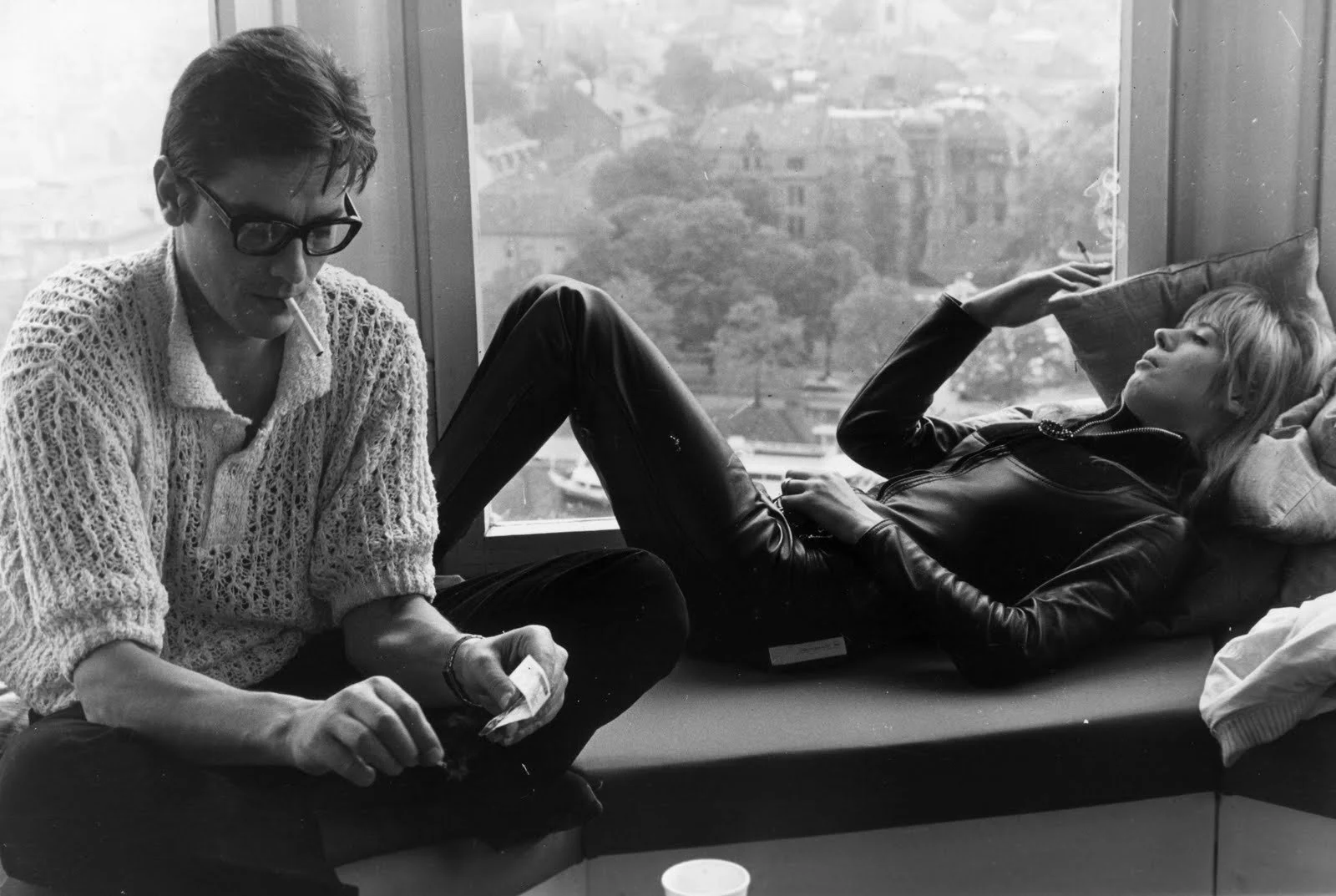
EVERYTHING you thought you knew
about Alain Delon was a lie.
But, oh yeah, who was he in the
first place?
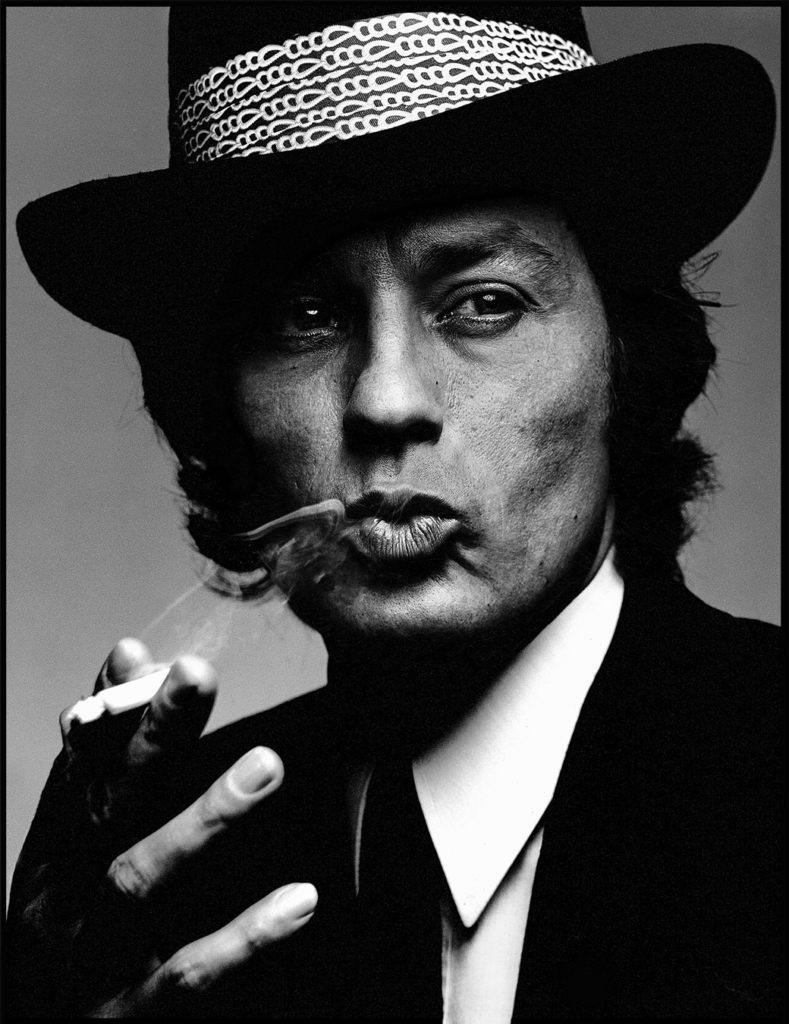
Alain Delon is a - currently 87-years young - dashing, French chic, European gallantry. A true icon judging by the masculinity of the '60s - radiating an insolent comeliness that magnetized viewers, directors, and women... lots of women.
With virtually a hundred films under his belt, he is venerated and queried, a veritable cineaste and one hell of a leading man. But controversies? Scandals? Sure. Several.
He is all that and more, but we'll get to that.
But what about his style? We venture to call it perennial. Can someone make such a claim? Of course not. However, there is something to be said about his form, the essence, his joie de vivre that sticks. No matter the time.
According to Goethe 'Beauty is a manifestation of secret natural laws, which otherwise would have been hidden from us forever'.
Could this be applied maintenant? If so, why not?
'Beauty is the
symbol of symbols'
- Ralph
Waldo Emerson
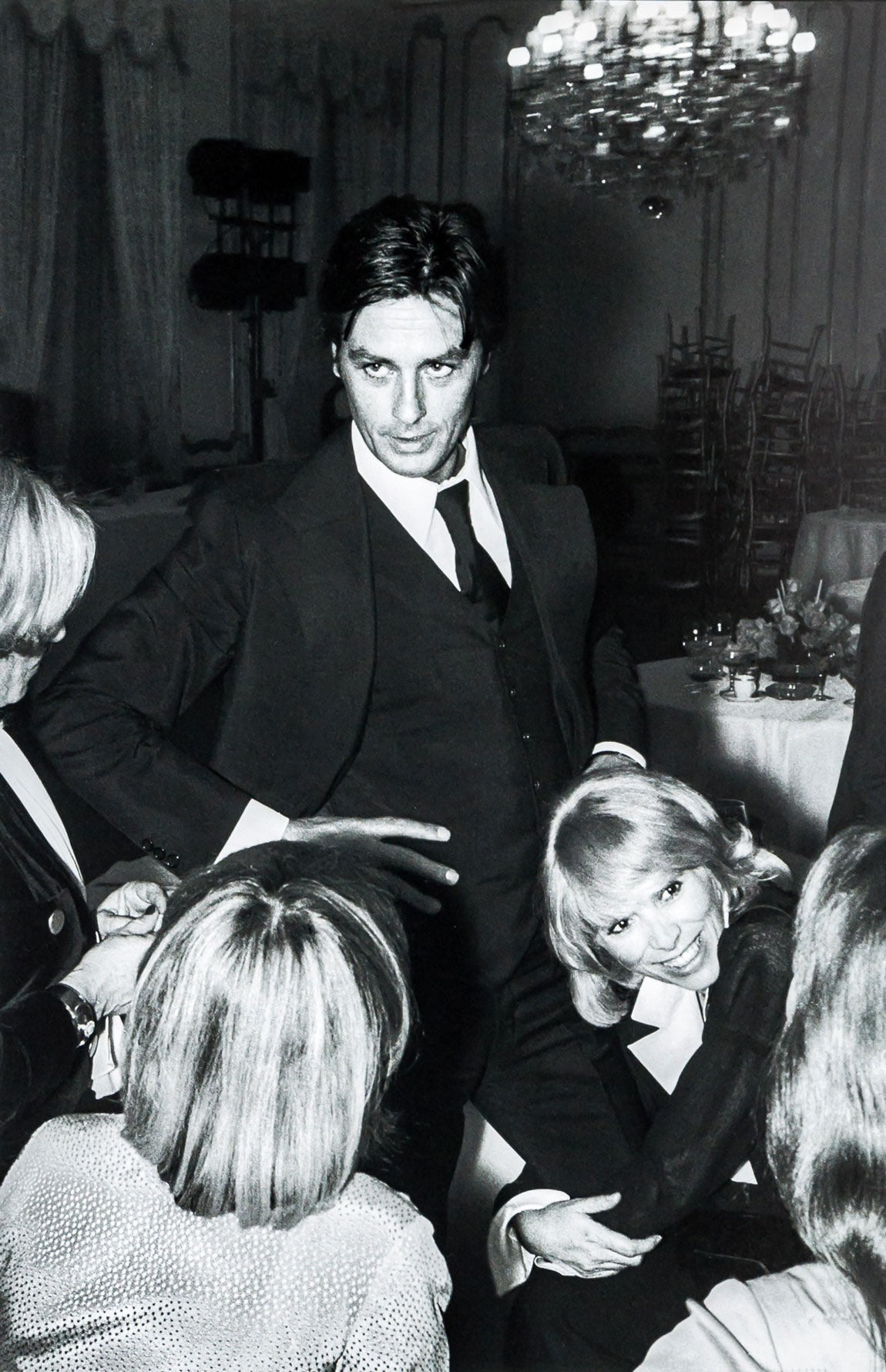

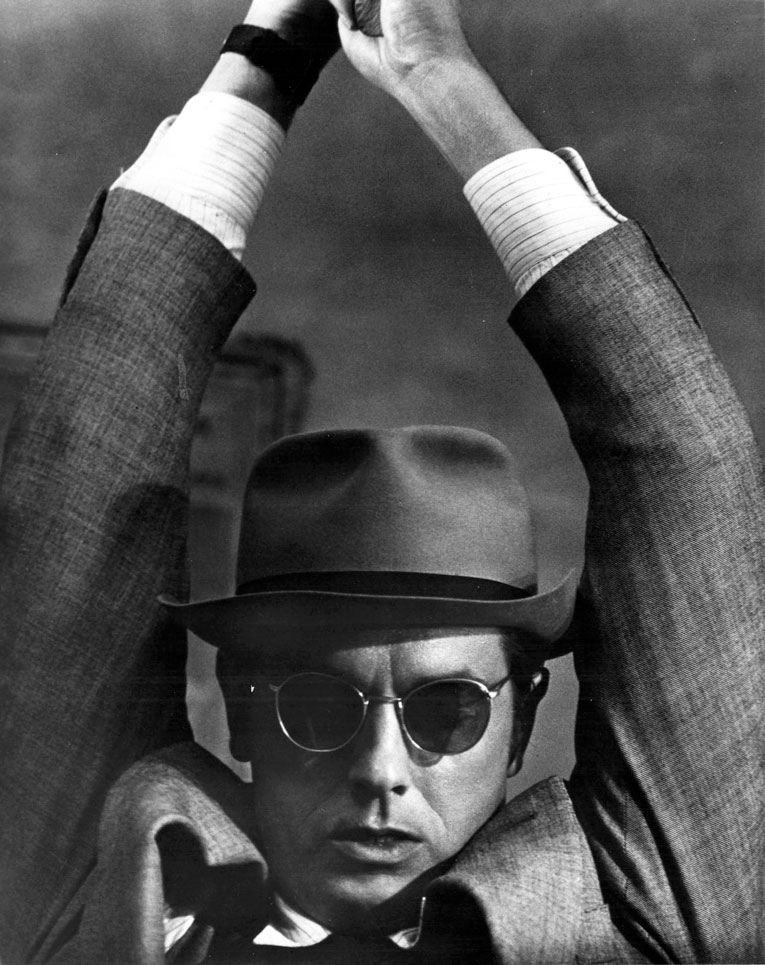
BEGINNINGS.
By way of juvenal escape attempts, the French Army and a fishmonger’s shop - the director Ives Allegret persuaded Alain to act in his film 'Quand la femme s'en méle' (1957), but it was 'Amour' (1958) that marked the beginning of Delon as a key figure in French cinema.
He soon received offers to play leading roles. Dynamic and aggressive, Delon's personality promoted him as a 'tough' character both on and off the screen. During the 1970s he specialized in crime thrillers, many of them produced by Alain himself through his production company Delbeau Productions.
Be it so, the French actor could not shed the label of handsome heartthrob.
'Beauty is the harmony of purpose and
form.'
- Albrecht Dürer
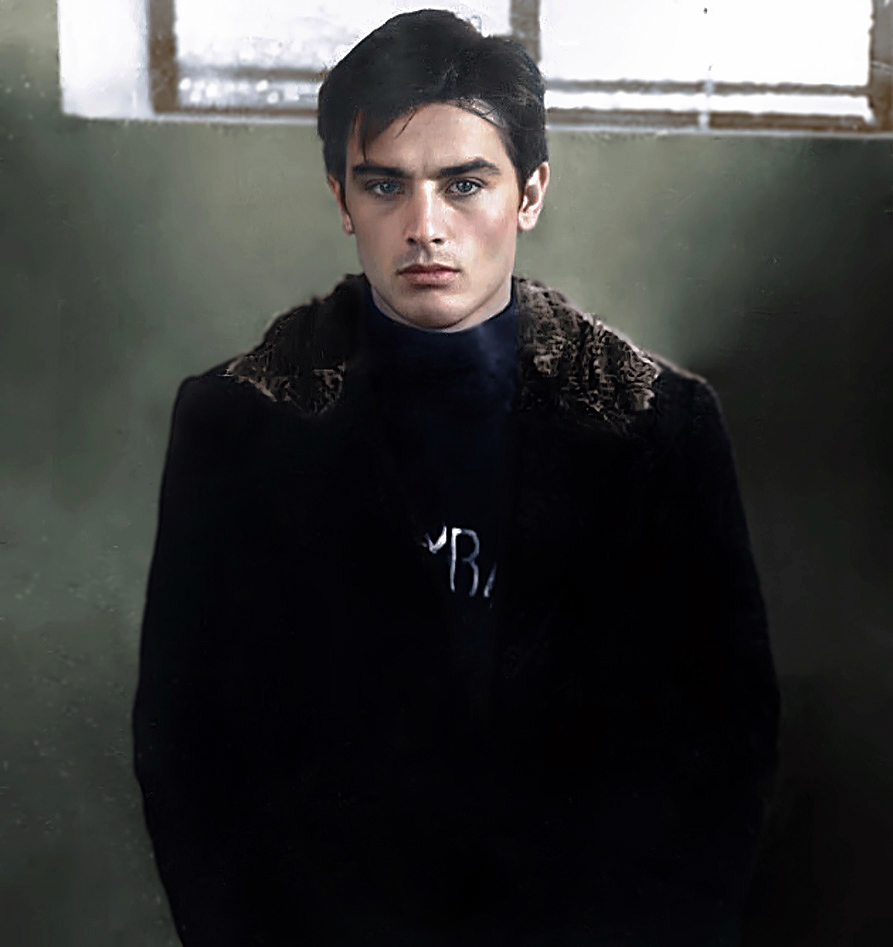
A FILM, ONE STYLE.
Peradventure Alain’s most famous character emanates from the film ‘Purple Noon’ – the pristine ‘The talented Mr. Ripley’ of Matt Damon fame. Through Alain, Tom Ripley became a timeless reference on how to dress effortlessly and illimitably. A dark hustler, a handsome and elegant antihero, with whom it is infeasible not to empathize. A look for posterity. The reasons? Multiple.
The film directed by René Clément, revealed the actor as one of the most prepossessing men of the era. Bella Clément, the ideologist of that movie wardrobe, really exposed to view, nautical-inspired fashion as an inordinate way to describe how men should dress.
Aristotle believed that resplendency is an amalgamation of symmetry, proportion, and pellucidity, and that it can be found in both natural objects and oeuvres. This signifies Ern3st aussi – beauty is eternal, but it has to be refreshed from time to time. (Actually, it was Coco Chanel said that, but we follow suit...).
Dalon's incredible performance would catapult him to the acting Olympus of the time and make him a style icon, something few Hollywood stars ever achieved. The male epitome of the 60s recuperating the codes of classic tailoring, but with a casual touch. The grace of a linen garment is, precisely, in the wrinkles..
OK. WHAT ELSE? WHO WAS HE REALLY?
Well, let's smash mirrors.
Alain admitted publicly to slapping women, aligning himself with the French National Front, and claimed that being gay is ‘against nature’.
Galling, bien sure.
But even more startling is the ‘Marković affair’.
Incroyable! It was a huge political scandal in France in 1968 that followed a violent death of Stevan Marković, a friend and bodyguard of Alain Delon. Marković had sexually-explicit photos of what was believed to be Claude Pompidou, wife of French President Georges Pompidou. The press speculated Delon was involved. Delon's longtime friend François Marcantoni was arrested for a year, but then being bailed out in 1969. The affair was never solved, having been dismissed in 1973 for lack of evidence.
The Marković's murder is still unsolved.
The‘Marković affair’ almost brings Delon an additional aveny of mystery, non? Sacré bleu. But, no, it does not.
It only showcases us humans: who we really are -- warts and all. He is probably worse than most. But should we to judge? No, we don't, because we can't.
So totally rotten? Non, not that either.
But did he look good, doing his thing? Yes!
So who is perfect? Nobody.
Like Christ said: ‘Why do you look at the speck of sawdust in your brother’s eye and pay no attention to the plank in your own eye?’.
We all have that speck.
But why deny beauty?